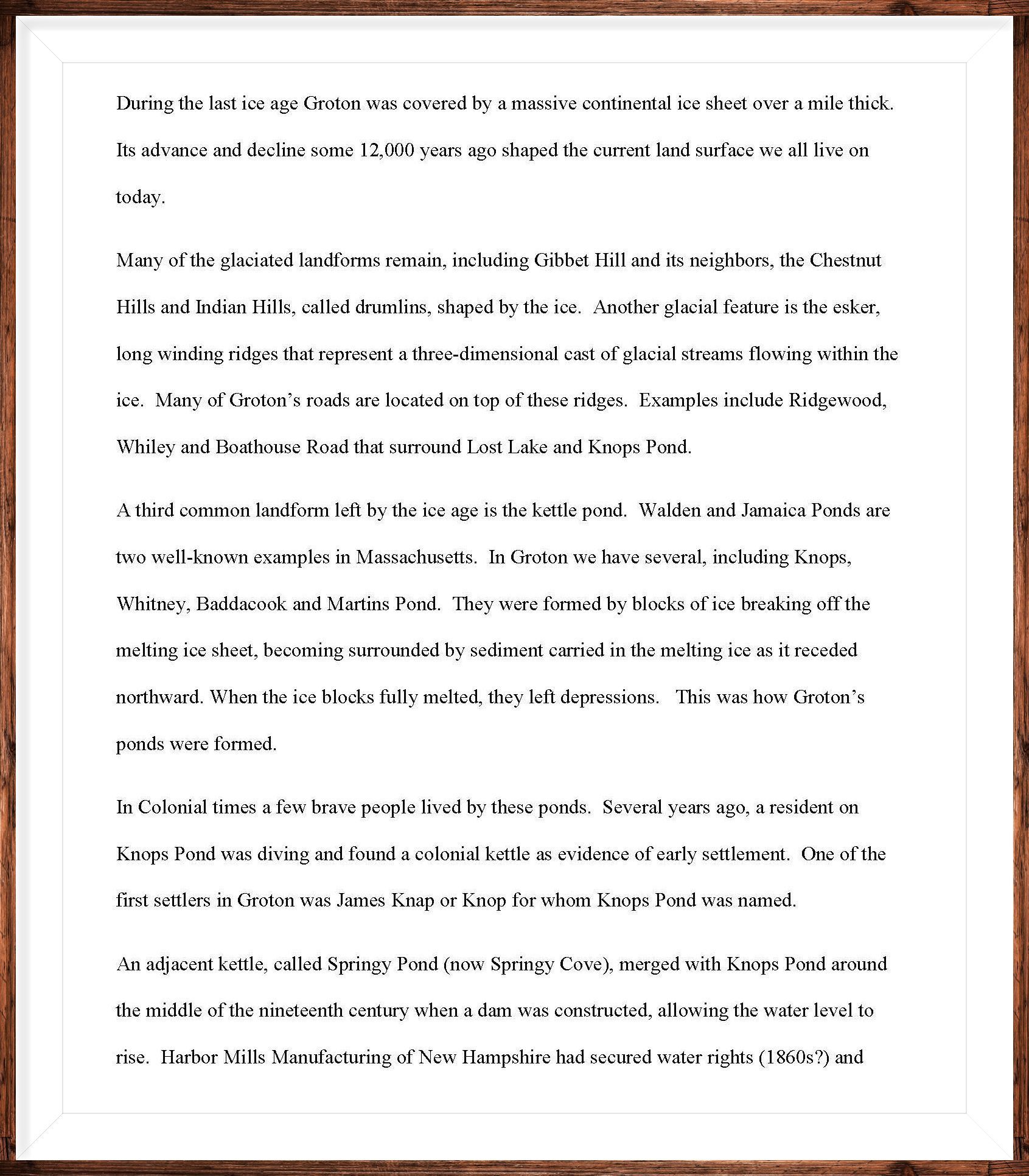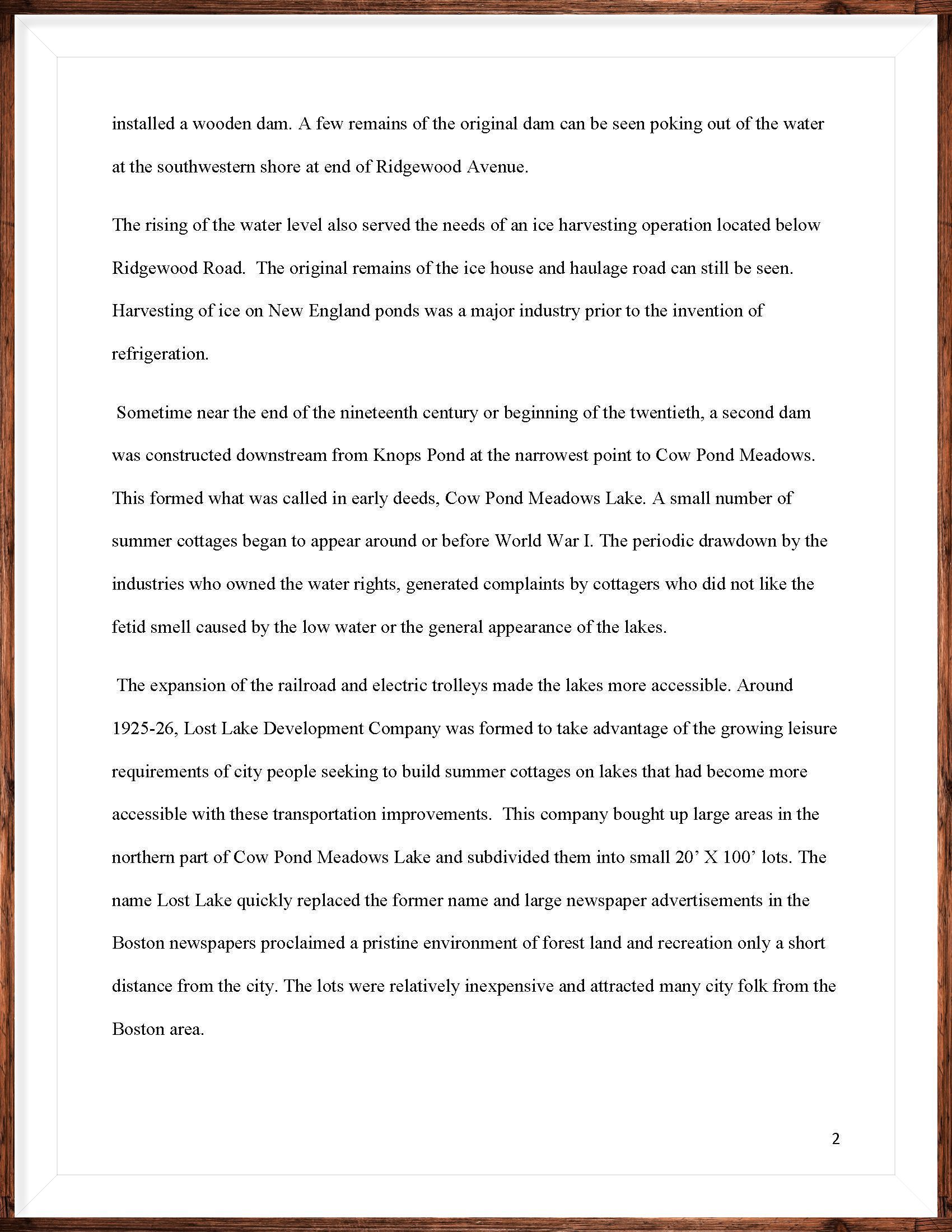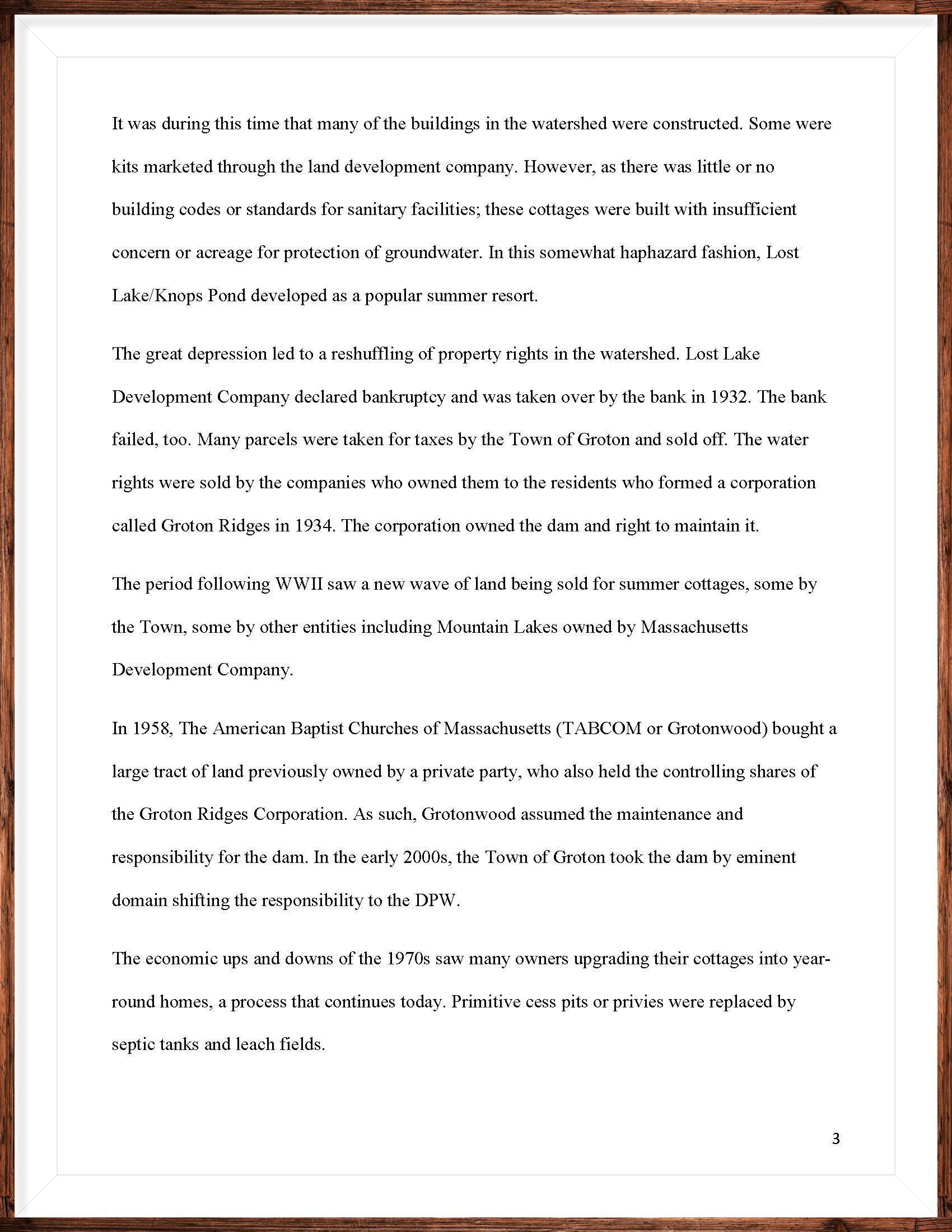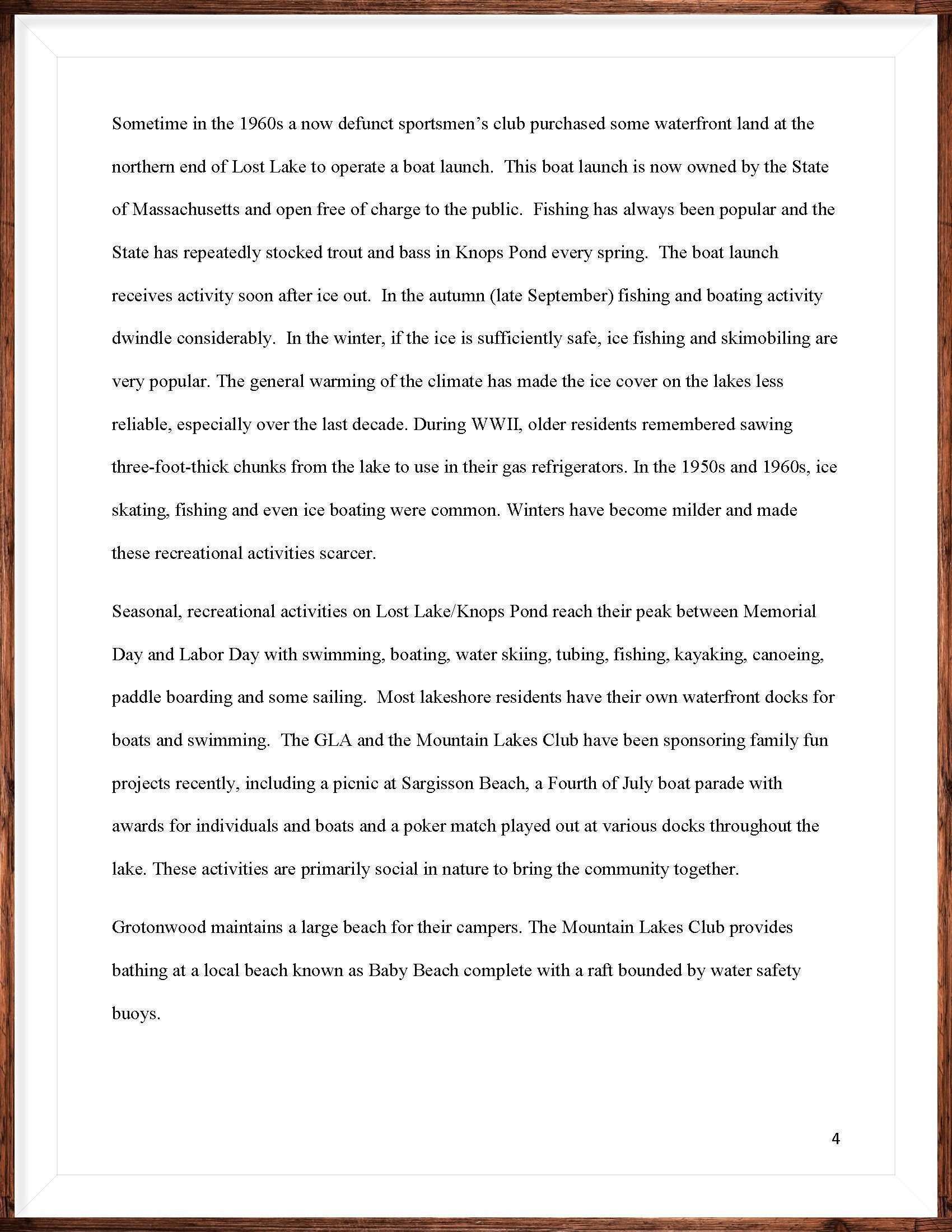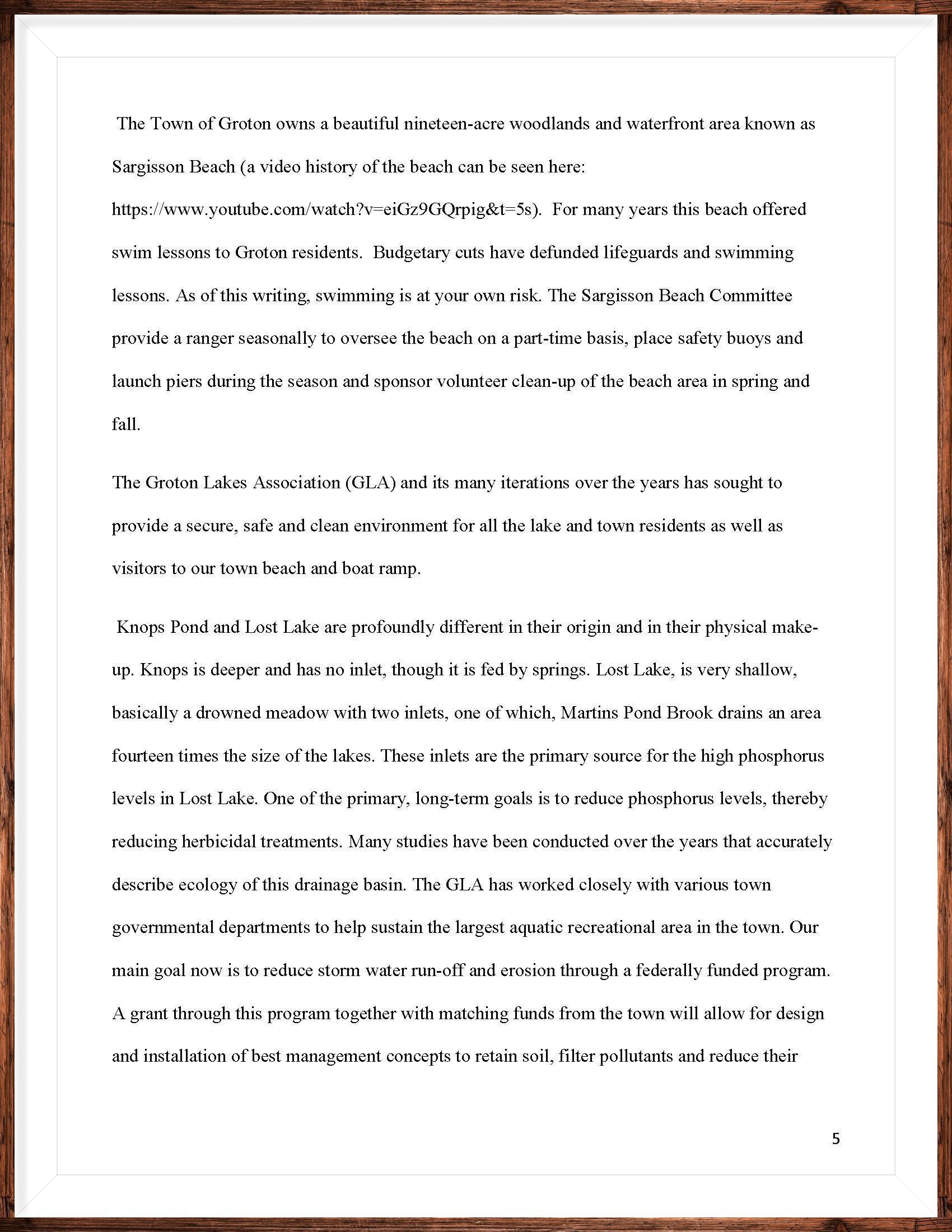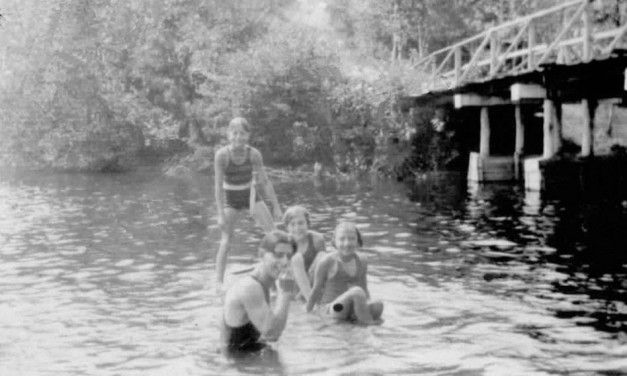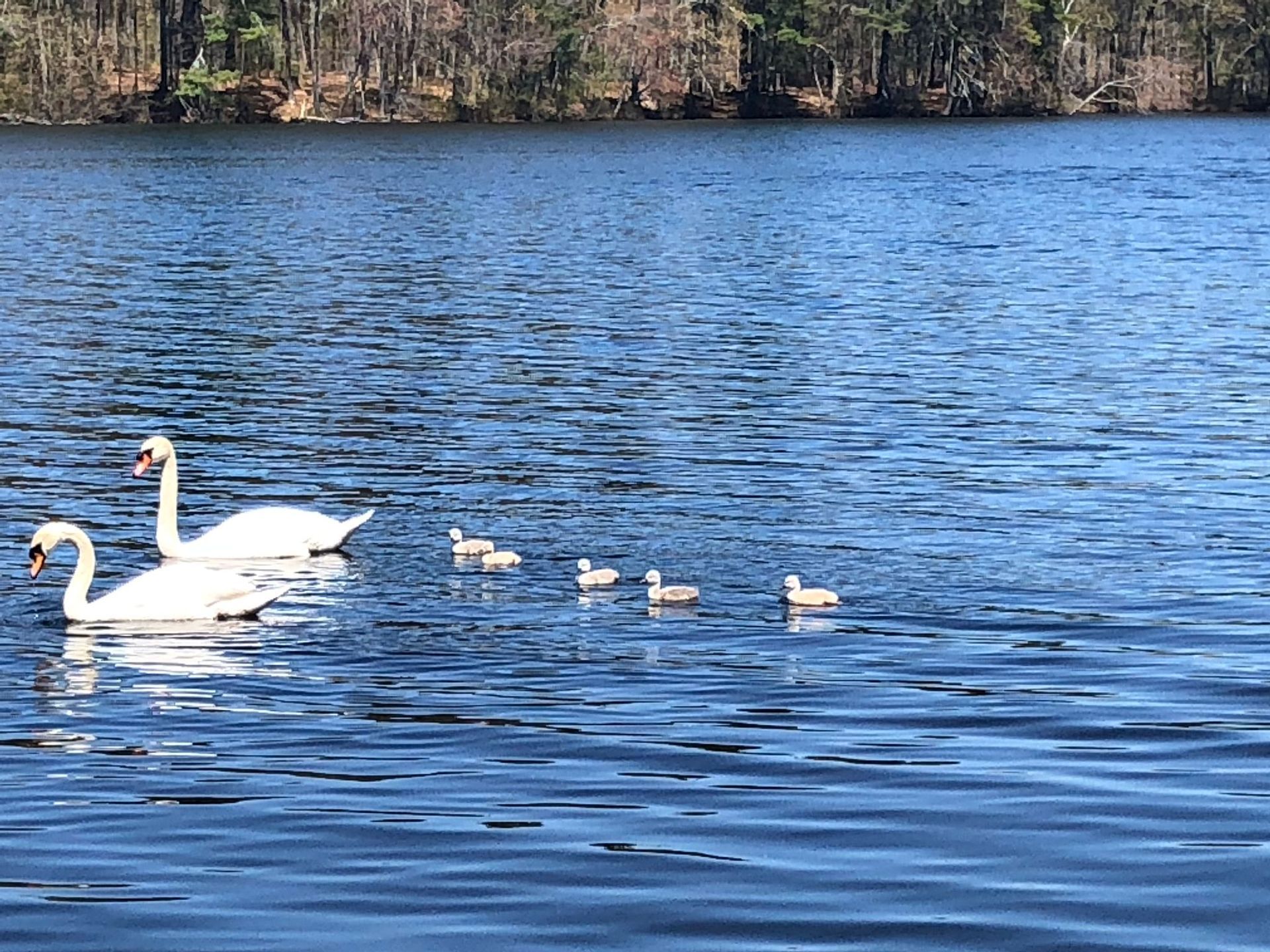Get in touch
555-555-5555
mymail@mailservice.com
Contact Groton Lakes Association
President: Ronald Hersch hersch65@gmail.com
Vice President: Rick Salon ricksalon@comcast.net
Clerk: Angela Fragala Garger acfg108@yahoo.com
Treasurer: Carol O’Connell coconnell10@verizon.net
© 2025
All Rights Reserved | Groton Lakes Association
Terms & Privacy
This site designed and hosted by Baystate Websites and Marketing LLC

